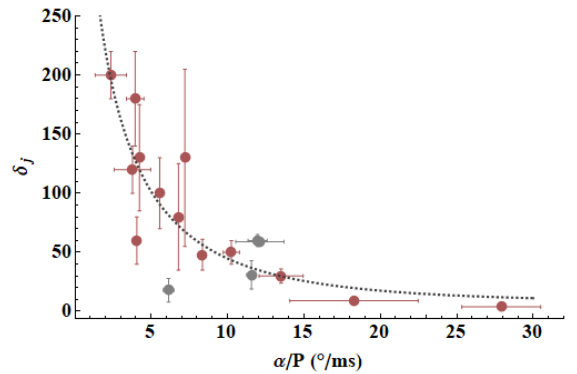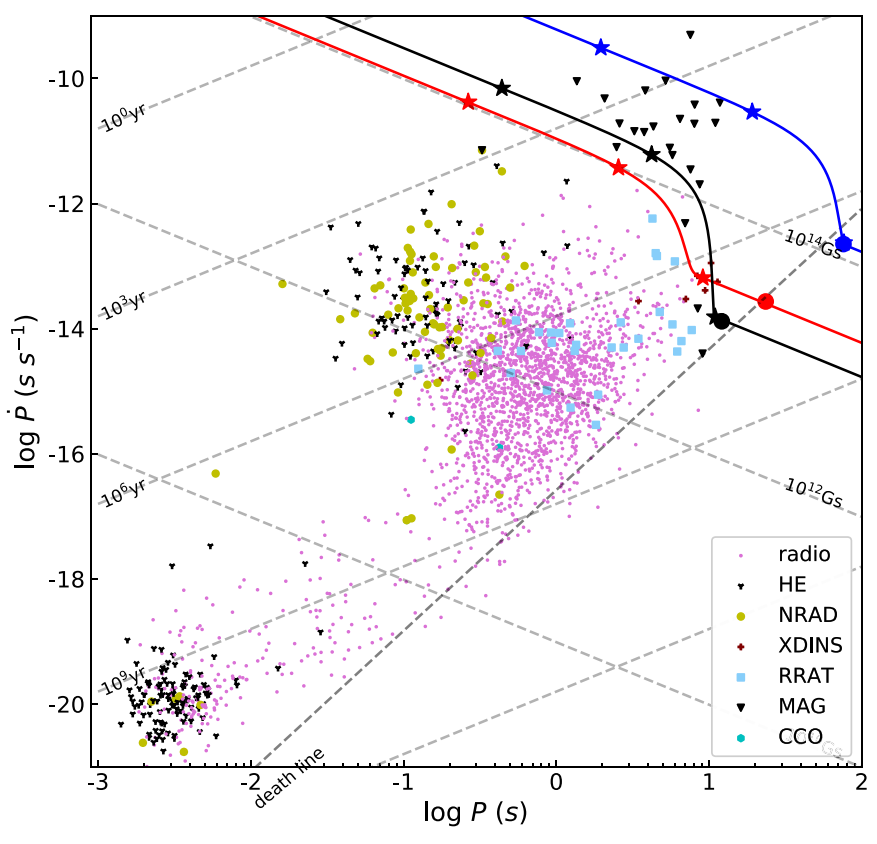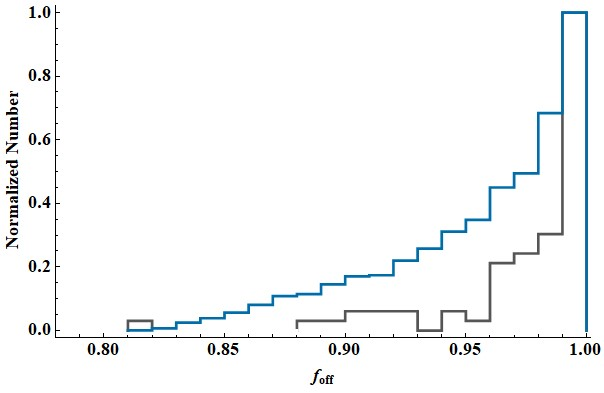May 11, 2024
A study on radiation characteristics of Rotating Radio Transients using Parkes radio telescope
Rotating radio transients ( RRATs ) are a subclass of pulsars characterized by sporadic emission .Up to now , although nearly 170 RRATs have been discovered , a large number of RRATs lack accurately measured rotation periods , and about ...Rotating radio transients (RRATs) are a subclass of pulsars characterized by sporadic emission. Up to now, although nearly 170 RRATs have been discovered, a large number of RRATs lack accurately measured rotation periods, and about two-t...






